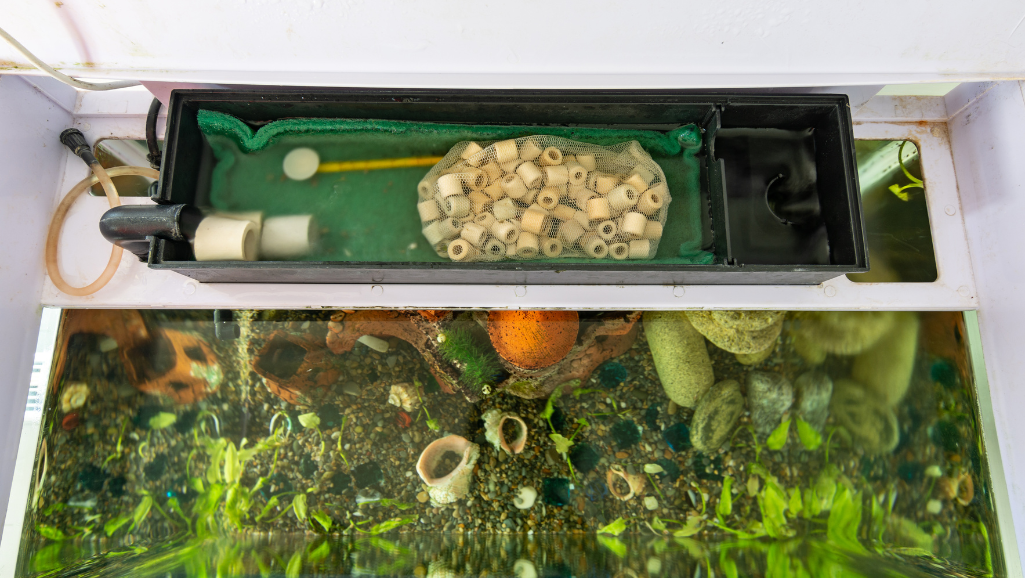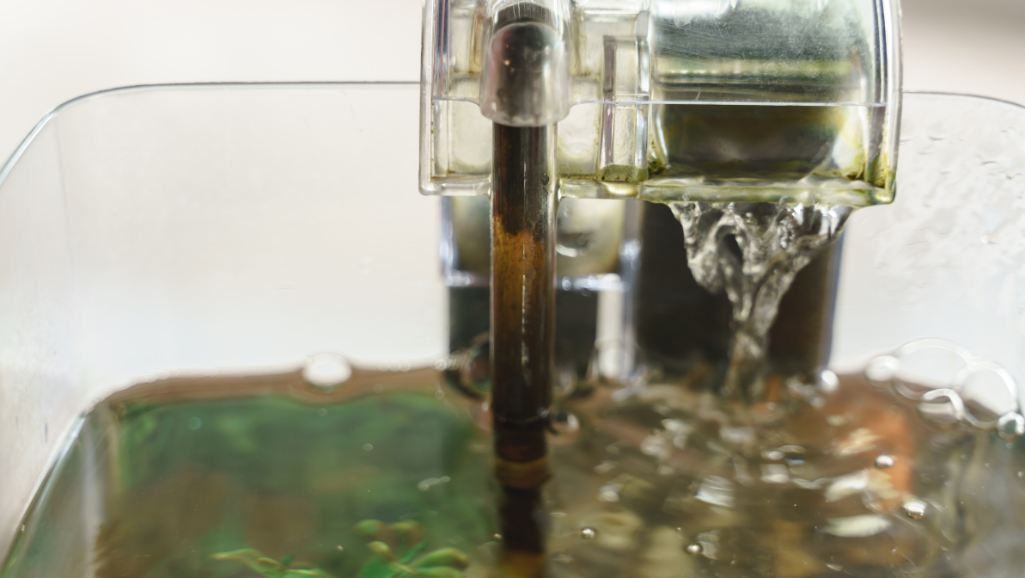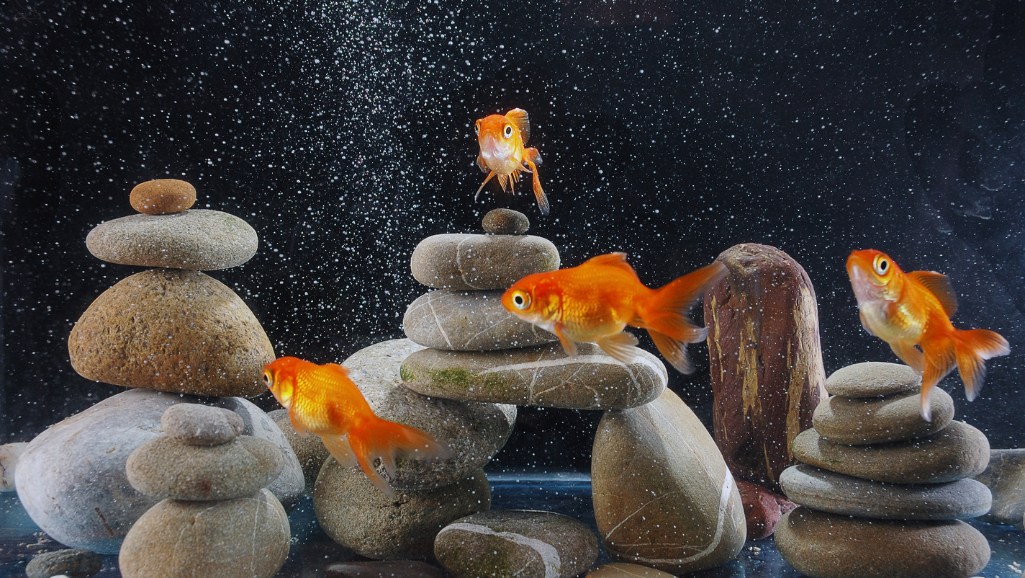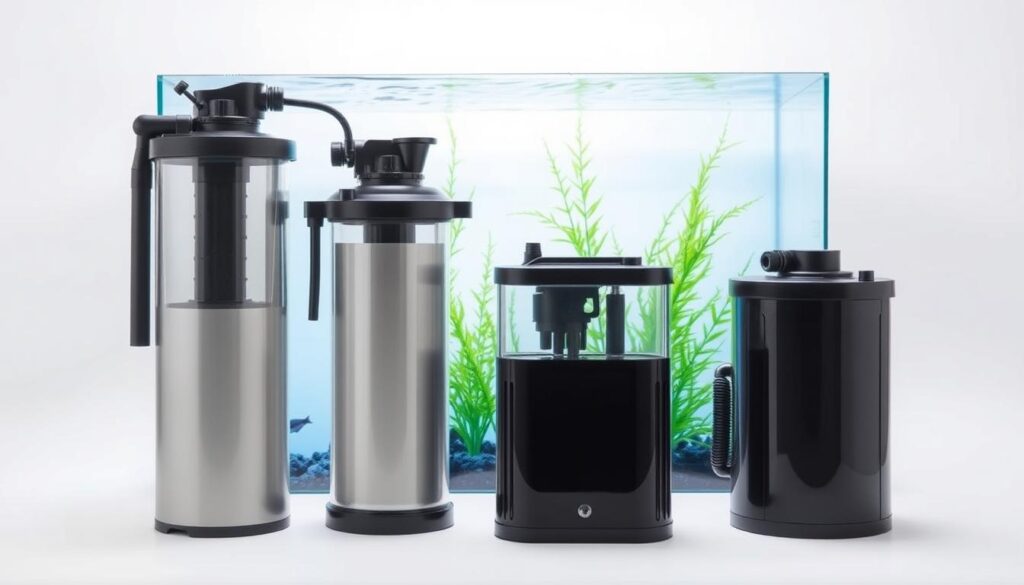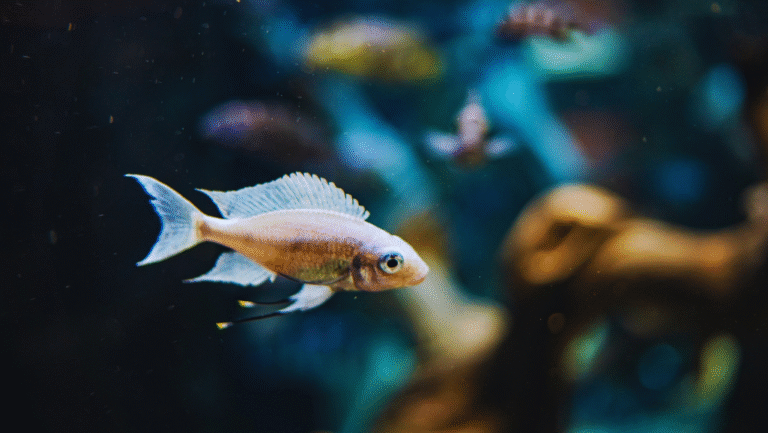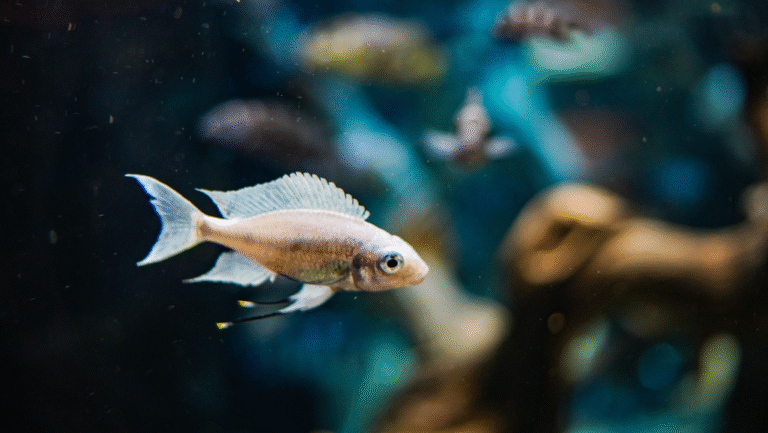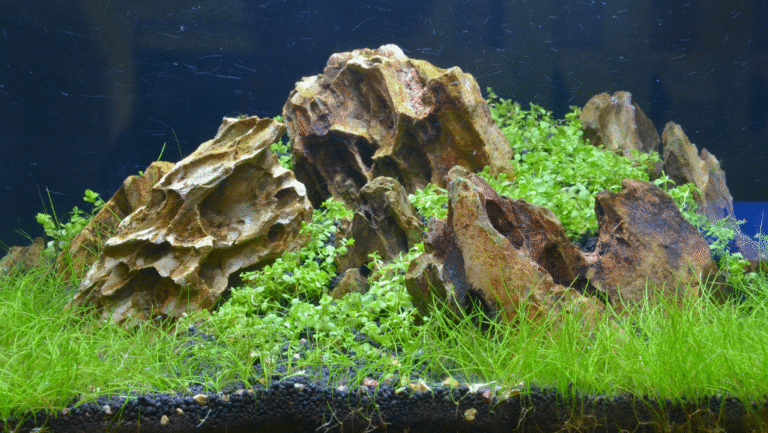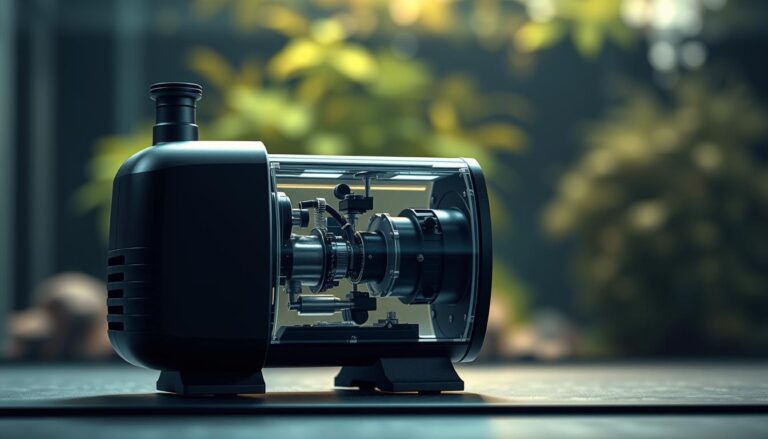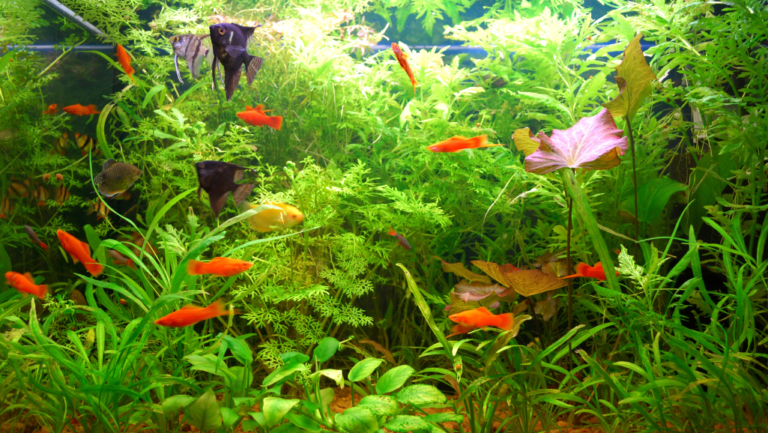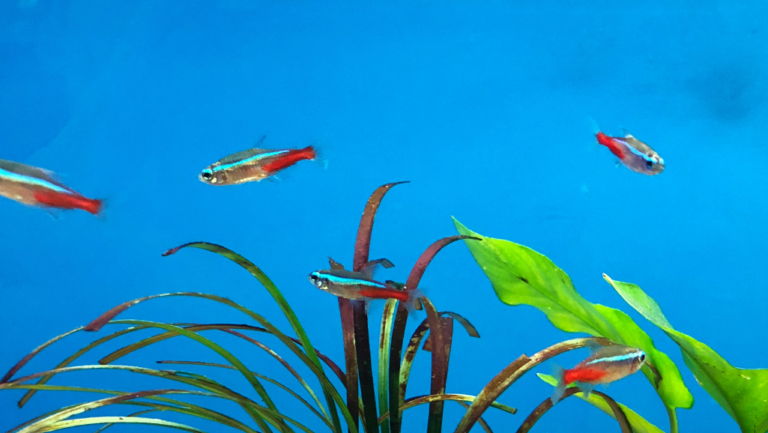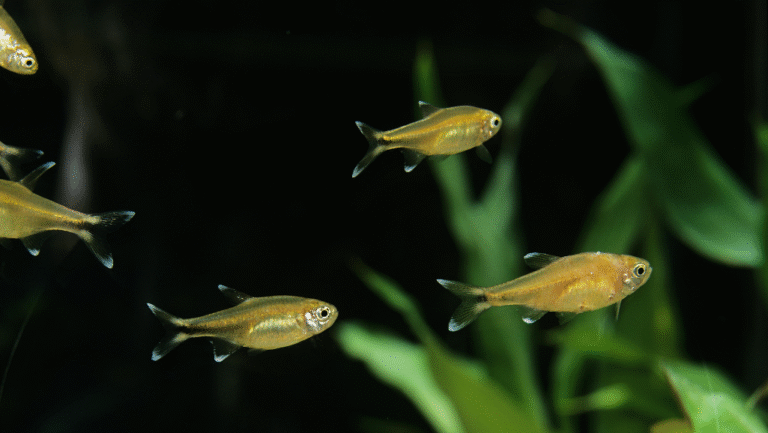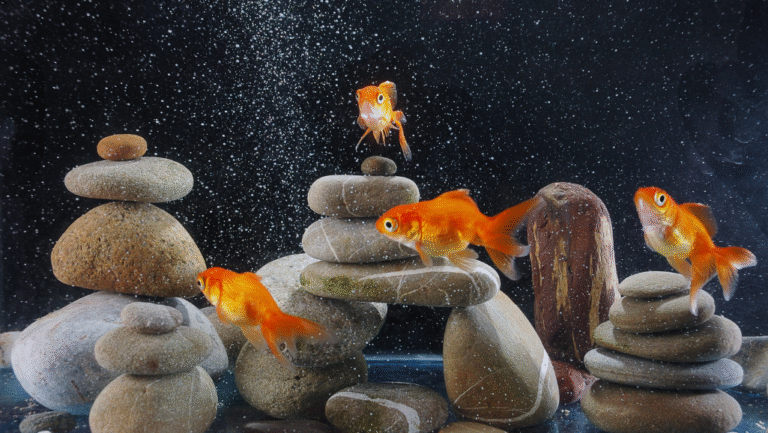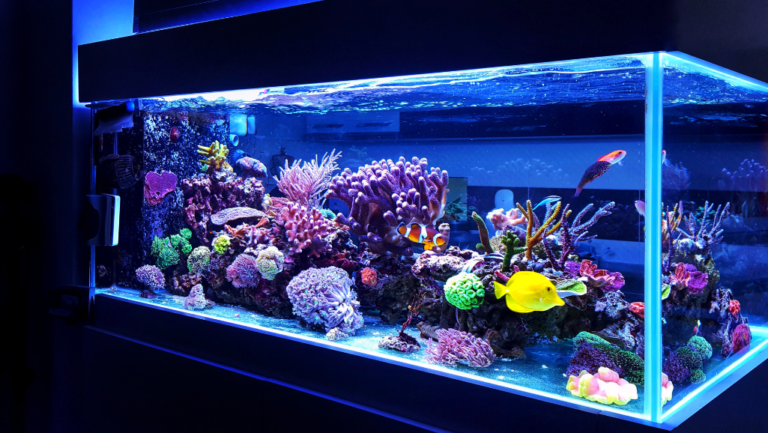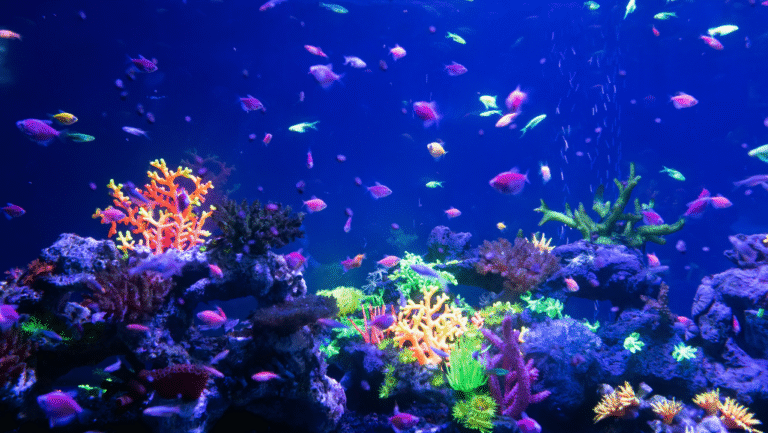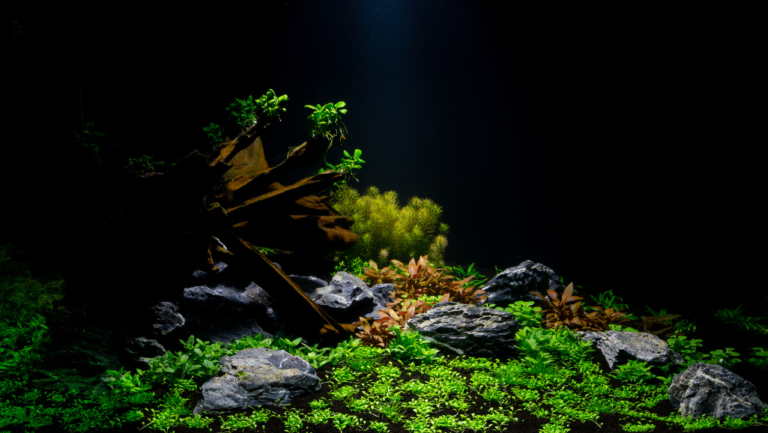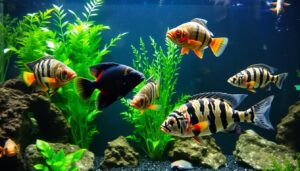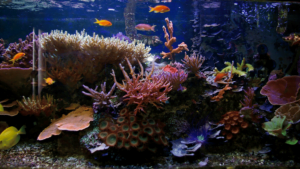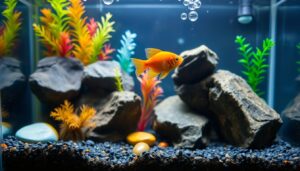Start with confidence: a quality aquarium filter transforms tank performance by keeping water clear and stable. Clean water boosts fish health, increases oxygen, and reduces cloudy conditions that stress your pets.
Today’s market offers many options, from external canister units to compact internal and power designs. Choose by recommended aquarium size, max GPH, and the features that match your routine and space.
Balanced filtration polishes water, traps particles, and supports a living biological system. Pair any unit with regular partial water changes and smart media choices to keep maintenance simple and results reliable.
Key Takeaways
- Quality equipment improves water clarity and fish health.
- Pick a unit by tank size, max GPH, and noise level.
- Combining filtration with routine partial water changes boosts stability.
- OASE and leading brands offer canister, HOB power, and internal options.
- Modern materials and media make maintenance easier and extend service life.
Shop by aquarium filter type for crystal‑clear aquarium water
From compact units to modular sumps, each system offers distinct benefits for clear water. Choose by tank size, maintenance time, and the type of fish you keep. Below are practical options and how they handle flow, oxygenation, and media.
Power filters (HOB): reliable flow, surface agitation, and easy maintenance
Power filters (HOB) hang on the back and pull water drawn into a chamber filled with cartridge media and biological media. The return creates surface agitation and oxygenation. Cartridges are easy to replace, making these units a low‑effort choice.
Canister filters: high media capacity, superior mechanical filtration, and polished performance
Canister filters sit below the tank and force water through layered media for excellent mechanical capture of particles. They return water via a spray bar or jet to boost surface movement and current. Ideal when you need expanded media capacity and strong mechanical separation.
Internal filters: compact design for small aquariums and flexible placement
Internal units mount inside with suction cups or clips. Closed designs move water through mechanical, chemical, and biological media. Adjustable nozzles let you aim flow without adding external clutter to your tank’s design.
Sump and wet/dry systems: modular filtration for large tanks and pro‑level oxygenation
Sump systems start with a sock to trap solids, then move water over biological media for gas exchange and oxygenation. Multiple chambers let you add heaters, chemical media, or pumps for a scalable backbone on big setups.
Sponge filters: gentle biological filtration with massive surface area for fry and quarantine
Sponge systems run on an air pump and draw water through a porous sponge. They offer vast surface area for nitrifying bacteria and gentle flow that keeps fry and quarantined fish safe.
Filtration stages explained: mechanical, chemical, and biological media placement
- Mechanical: captures suspended particles; denser media polishes water but needs frequent cleaning.
- Chemical: carbon or resins remove dissolved discoloration and odors for clearer water.
- Biological: ceramic, sintered glass, or sponge media host nitrifiers and should see the cleanest water last.
Design details matter: look for quick‑release media baskets, priming aids, and quiet pumps. Whether you prefer a low‑profile unit, large canister, or modular sump, the market offers a style to match your needs.
aquarium filter sizing, flow, and media: match your system to your fish and bio‑load
Beyond pump specs, real performance depends on who lives in your tank and how you feed them.
Choose by gallons and GPH: size your unit for the stated gallon rating and then aim one size up for a safety margin. For tanks 100+ gallon, consider multiple units or a canister plus a polishing unit to spread load and protect flow.
Bio‑load realities
Large predatory fish and messy eaters produce more waste and particles than small schooling species. Fish fed multiple times a day raise ammonia and demand stronger mechanical and biological stages.
Media matters
Mechanical media density controls how aggressively you trap particles; finer materials polish water but clog faster.
- Chemical: carbon and resins remove dissolved impurities—replace when exhausted.
- Biological: ceramic and sintered glass provide high surface area for nitrifiers and should be last in the system.
- Practical tip: prefilter sponges protect canister internals and extend service intervals.
Size flow to overcome head height and power limits, schedule regular partial water changes, and review media volume using this guide on media volume to match your needs.
Top picks this season: canister, HOB, and internal filters favored by U.S. aquarists
This season’s selections balance capacity, ease of service, and clean aesthetics for everyday success.
OASE BioMaster 2 Thermo series (250–850) packs big media baskets and an integrated heater option to simplify your setup. Choose from 250, 350, 600, or 850 sizes to match current stock and give room for growth. High capacity means longer service intervals and steady biological stability for clearer water.
OASE FiltoSmart and FiltoSmart Thermo (60–300)
FiltoSmart models bring canister performance to smaller stands. Compact design preserves space while delivering strong flow and layered media for reliable filtration. Thermo options add built‑in heating to reduce extra gear in the display.
OASE BioStyle HOB and BioPlus Internal
For above‑rim style, BioStyle HOB power filters offer adjustable flow, surface polishing pads, and color options to suit room decor. BioPlus Internal units mount discreetly inside the tank and let you tune mechanical and biological stages without external plumbing.
- Why choose one: canister filters for capacity, HOB for easy access, internal for compact installs.
- Performance cues: quiet pump, accessible baskets, and thoughtful design reduce maintenance time.
- Match to tank: sizes cover nanos to 225 gallons with graduated flow rates to fit your system.
Conclusion
A well‑matched system turns routine care into lasting clarity and healthier fish.
, simple habits—regular partial water changes, quick prefilter rinses, and media checks—keep aquarium water steady and forgiving.
Choose a unit that matches your stocking level and feeding rhythm. For larger tanks, a sump with a sock and staged media gives pro control. For nurseries, sponge support offers gentle biological area and stable conditions.
Arrange media in order: mechanical first, chemical when needed, and biological last to protect colonies. Stick with gear you will maintain weekly; consistency rewards you with glass‑clear presentation and less stress for your fish.
Pick the filter that fits your goals today, then scale systems as your aquariums grow.
